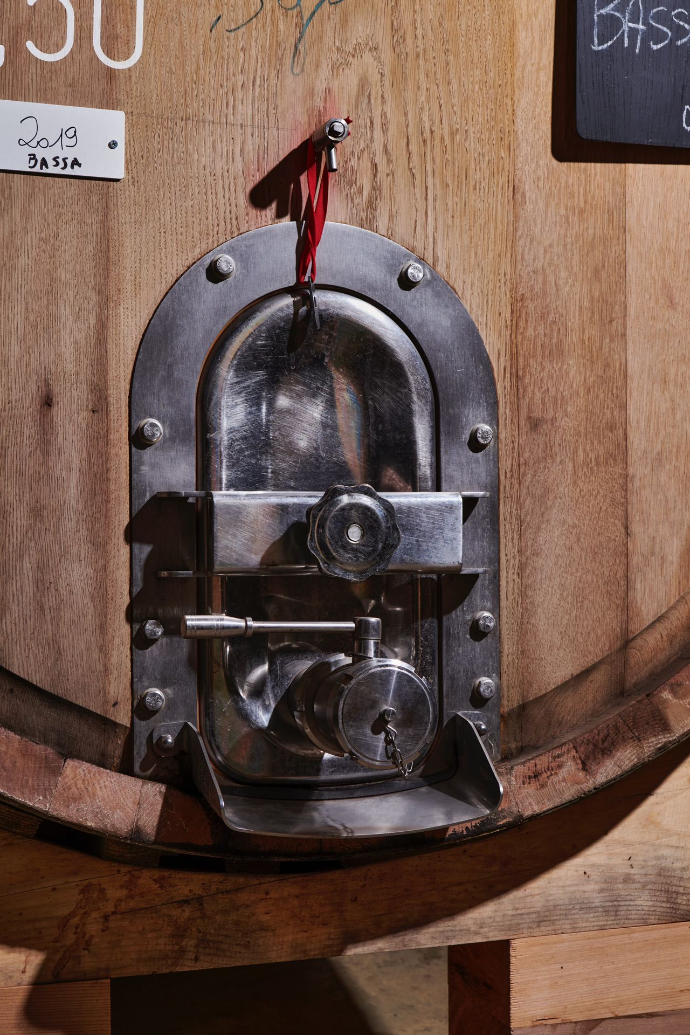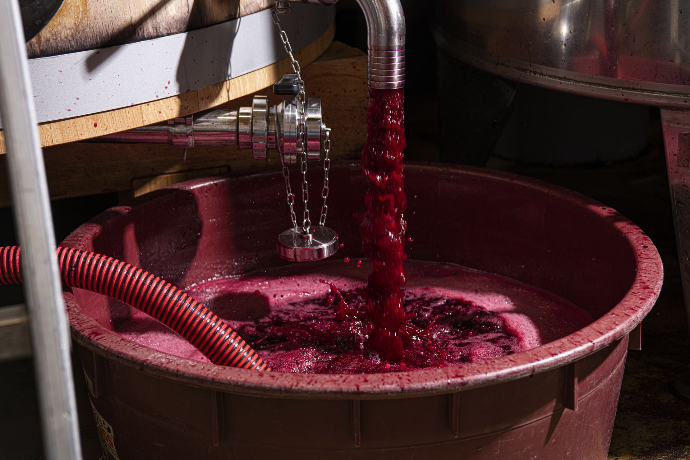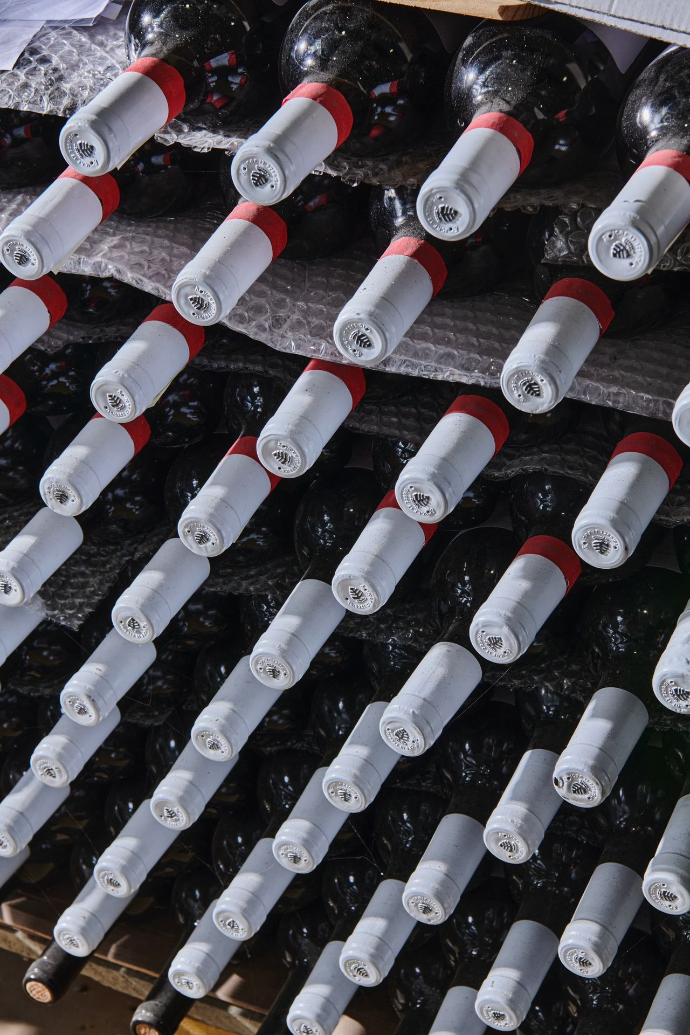Stella di Campalto
Winemaker Profile | Montalcino, Italy
The Stella di Campalto winery, officially known as Podere San Giuseppe, was originally established by Stella's grandfather. However, the estate had been abandoned since the 1940s, comprising 15 hectares of fallow land and buildings in need of renovation. In 1992, Stella Viola di Campalto took over the estate, which she received as a wedding gift from her father-in-law. Raised in Milan and Rome, she decided to abandon the city and venture into winemaking. Under her leadership, the winery underwent a profound transformation: Stella combined traditional techniques with modern technology and environmentally conscious cultivation methods, significantly enhancing the quality of the wines while preserving the natural environment.
Today, the winery spans 6.7 hectares of vineyards divided into six parcels: Vigna al Leccio, Vigna Curva, Vigna al Sasso, Vigna Bassa, Vigna all'Ulivo, and Vigna al Bosco. Each of these plots is treated as an individual "cru" and is vinified separately to highlight their unique terroir characteristics. The primary grape variety is of course Sangiovese, used to produce both Brunello di Montalcino and Rosso di Montalcino.
- Brunello di Montalcino
- Brunello di Montalcino Bosco
- Brunello di Montalcino Corso
- Brunello di Montalcino Cielo
- Brunello di Montalcino Piccoli Contenitori
- Brunello di Montalcino Sasso
- Brunello di Montalcino VCLC
Stella di Campalto employs a biodynamic and holistically sustainable approach to viticulture, with a strong focus on promoting biodiversity and maintaining ecological balance. Certified organic since 1996, the winery has been fully committed to biodynamic practices since 2002. Instead of using synthetic inputs, the estate relies on special preparations made from herbs, minerals, and animal substances, applied according to a biodynamic calendar. This calendar is based on lunar phases and astrological cycles to align with natural rhythms optimally. The use of machinery is deliberately kept minimal, with horses taking over fieldwork to preserve the natural ecosystem. This philosophy aims to produce wines that authentically reflect the terroir and captivate with their uniqueness.



